Lee Radziwill Dies at 85
“I suppose I wanted to lull myself into thinking I was in the English countryside,” Lee Radziwill, who died last night at the age of 85, said in AD’s January 1982 issue, when the magazine put her Park Avenue dining room, photographed by Derry Moore, on its cover.
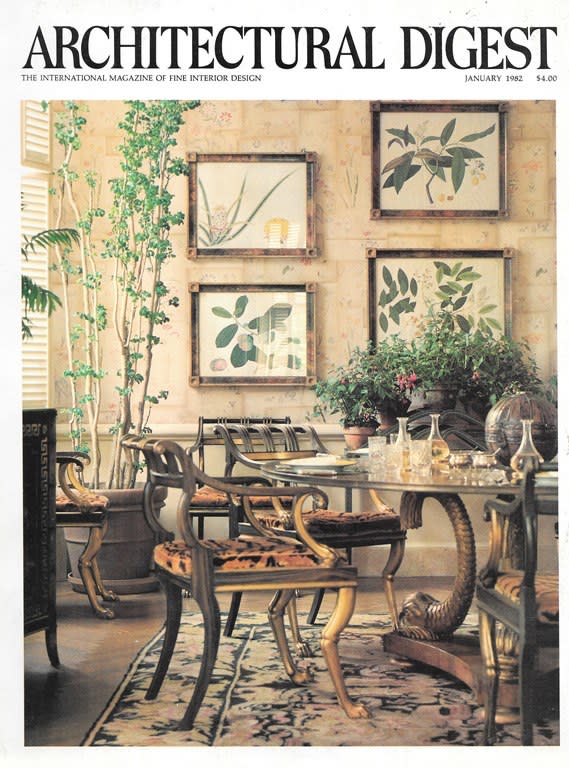
The comment surely had deeper meaning, perhaps more than she even knew; one can imagine it having been delivered in a wistful tone. The apartment was filled with flowers and plants—real but also printed, woven, blocked, embroidered, and more, making it a virtual bower, an American evocation of Turville Grange, the beloved Buckinghamshire getaway that Radziwill had left behind when she and her second husband divorced in 1974. Creating and inhabiting domestic greenhouses was a leitmotif, flower-filled spaces where, inevitably, she herself was the most important bloom of all—an iris, perhaps—fragile in appearance yet steely enough to rise above any romantic upset or financial drought.
Arguably, to her eternal irritation, Radziwill was best known as Jacqueline Kennedy’s younger sister. Books have explored the sibling rivalry between first lady and first sister, as well as Radziwill’s three marriages (Michael Canfield, an illegitimate son of England’s royal duke of Kent; Stanislas Radziwill, a Polish prince, and Herbert Ross, the American film producer), her love affairs (from shipping magnate Aristotle Onassis, who married Jackie, to artist Peter Beard), and her aspirations to be more than just an extremely pretty face. There was the brief acting career that resulted in rapturous headlines and dreadful reviews, and her years as a soignée public-relations executive for Giorgio Armani, whose luxuriously minimalist clothes she wore with great distinction, as she did those of Ralph Rucci. In 1998, she announced that she would write her memoirs, though nothing came of that save two album-style books, Happy Times (Assouline, 2012) and Lee (Assouline, 2015), both of them long on style and thin on text.
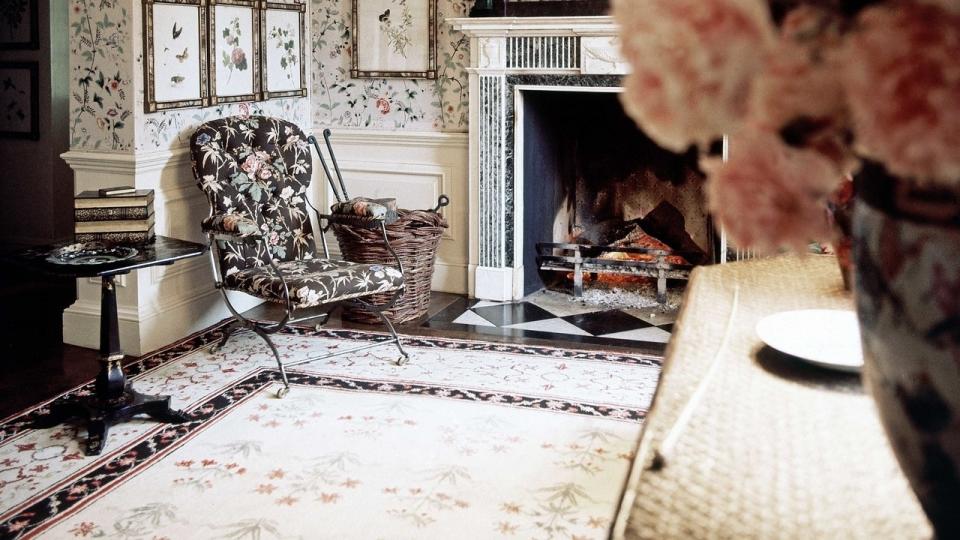
In 1976, Radziwill announced that she had become an interior decorator, opening Lee Radziwill Inc. Her first big client was Americana Hotels, for which she designed private suites; its president had visited her apartment after seeing it in AD and had been impressed by her style and, obviously, her celebrity. She also unveiled model rooms at Lord & Taylor, the legendary Fifth Avenue department store that recently met its demise. “I think I’ve finally gotten the right slot,” Radziwill told The New York Times in an article about her new profession, even though she admitted she had no training of any kind except working on her own homes. Yet, she added, “I have a good background in the history of art, because that was the subject that really interested me.” She also expected the this career to last. “I wanted a full‐time job—and now I've really got it. And in this field,” she added, “I think I'm as good as anybody.” And why not? As AD100 interior designer Jeffrey Bilhuber said today in an interview about her taste, “She’s the only American woman who innately understood French refinement, be it fashion, interiors, or men.”
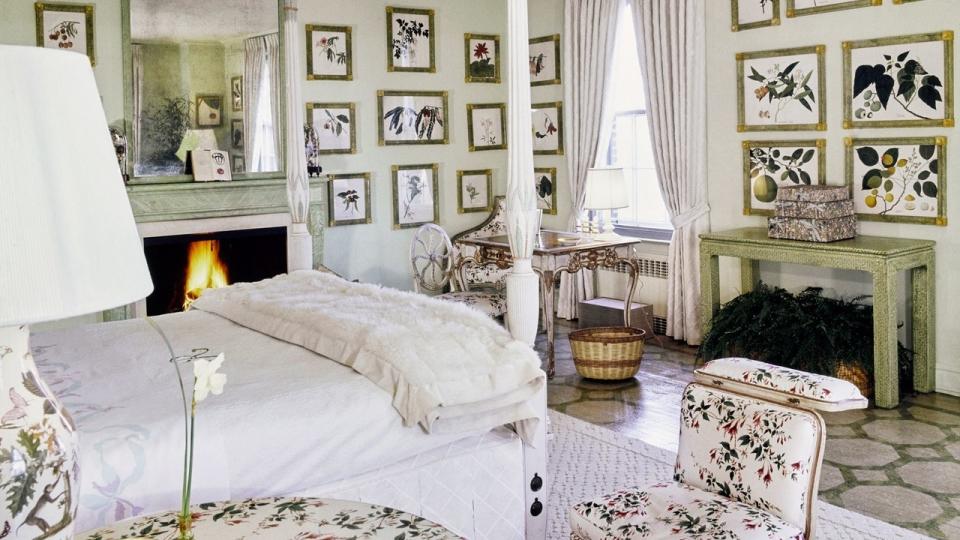
Design had always been a fascination—film, ballet, theater, fashion, and interior. At the age of 17, for instance, Caroline Lee Bouvier, as she then was, devised a dramatically contemporary apartment—purple, white, black, and red—for her stepbrother Yusha Auchincloss. During her marriage to Canfield, I once was told, she worked with fashionable New York City decorator Michael Greer, though she reportedly decorated the couple’s London home, 45 Chester Square, on her own and to wide-eyed wonder. “The place was full of antiques and only the best of the best,” a friend later recalled.
After her 1959 marriage to Radziwill, she hired the London tastemaker Felix Harbord, and then Renzo Mongiardino, the Academy Award-winning Italian set designer who also created poetic, atmospheric interiors for the jet set. Under Mongiardino’s directions, Turville Grange and the Radziwills’ townhouse near Buckingham Palace became two of the most widely published and still influential private residences of the 1960s. “Her rooms were gloriously pretty,” said AD’s editor in chief, Amy Astley. Most seductive of all was Radziwill’s London drawing room, a long, narrow, deflatingly character-free space that Mongiardino transformed into a modern evocation of an Ottoman seraglio, its walls paneled with Indian fabrics. It was there that Radziwill was iconically photographed by Cecil Beaton in 1966, posing like an odalisque with her young daughter, Tina, on a sumptuous divan.
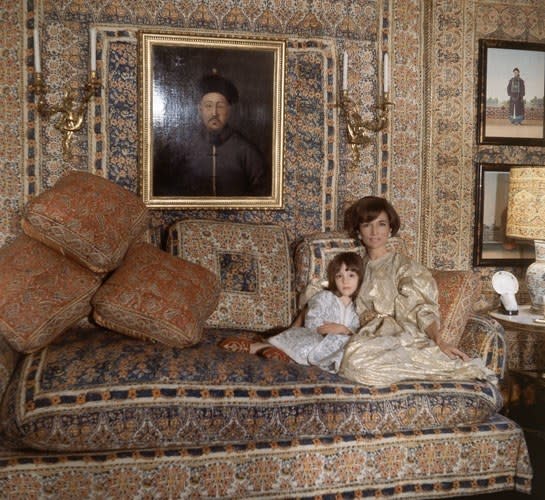
Radziwill’s later homes were widely published, too, though precious few of her professional jobs; Lee Radziwill Inc. simply faded away in less than a decade. Back in 2009, when I worked for Elle Decor, I interviewed Mrs. Radziwill in her apartment on East 72nd Street in Manhattan for an article about it and her flat in Paris. Bits and pieces of her former addresses were in evidence, among them a giltwood mirror from her Harbord-decorated drawing room in London and 19th-century Anglo-Indian botanical artworks that had been given to her by David Somerset, handsomest man in England and the future 11th duke of Beaufort—whether a friend or a lover has never been clear. She displayed those watercolors at Turville Grange for a while, in her daughter’s Manhattan bedroom in the 1970s, in her own New York City dining room in the 1990s, and, by 2013, in her Paris living room. Last year, she gave them to fashion designer Tory Burch, whose Fall 2018 collection was inspired by Radziwill’s floriferous chic.
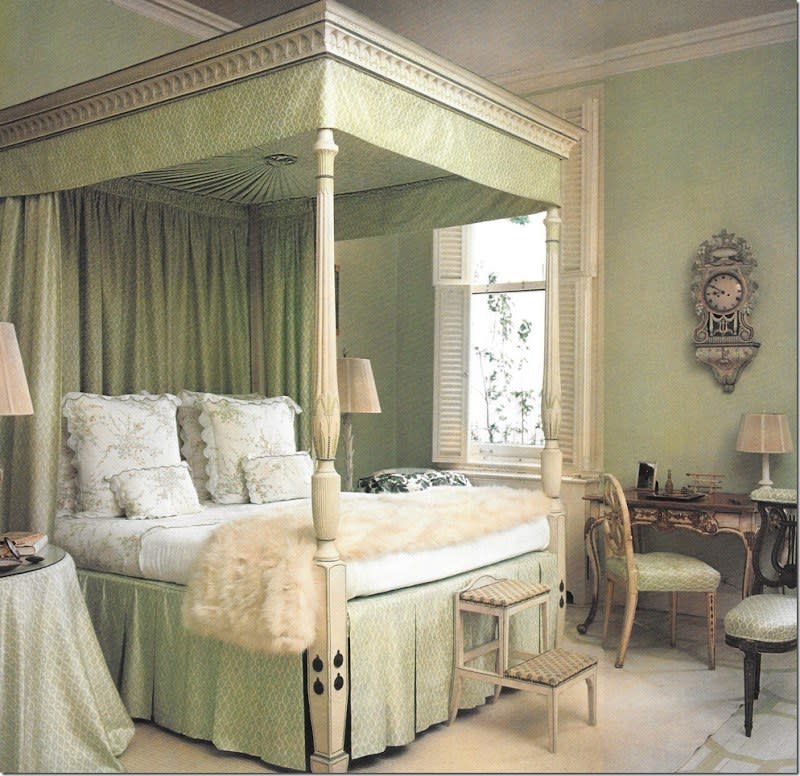
As Radziwill walked me through her rooms a decade ago, flower prints, as always, were in abundance, especially at the rear of the apartment, where the same patterns were used en suite, for walls, upholstery, and curtains. One could not help recalling the place that she once called “a house of flowers,” Turville Grange, a place that she probably had loved more than any other, yet also where a boldface marriage had failed. “A house should be a scrapbook,” Radziwill told me in her alluring, very deliberately cadenced, low and husky voice as we nestled into a sofa, “even if not every memory is a particularly pleasant one.”

